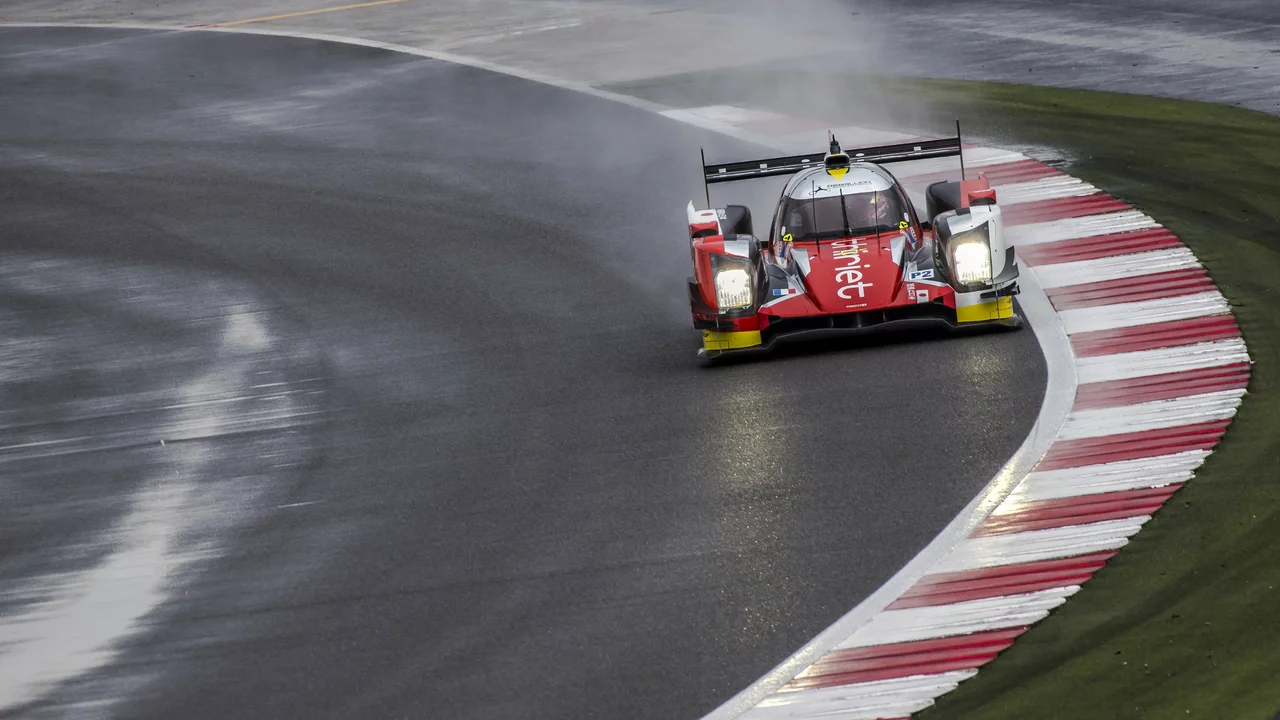What Is the Racing Line and Why It Matters
Ever wondered why some drivers glide through corners while others scrape the inside wall? It’s all about the racing line – the path that lets you carry the most speed from one turn to the next. When you stick to the right line, you brake later, stay steadier, and shave seconds off each lap. In short, mastering the racing line is the quickest way to get faster without adding power.
How to Spot the Ideal Line
The classic racing line follows a "late apex" approach: brake in a straight line, turn in late, clip the apex, and unwind on the outside. Picture a triangle inside the corner – the entry point, the apex, and the exit point. The goal is to keep the car as straight as possible, only steering when needed. The later you hit the apex, the wider the exit you get, which means more acceleration onto the next straight.
Practical Steps for Any Driver
1. Watch the track from a slow lap or a video. Notice where the fastest drivers cut the corner. Their brake markers and turn‑in points are clues.
2. Mark your braking zone. Brake hard in a straight line, then ease off as you turn. Too early and you lose speed; too late and you risk understeer.
3. Pick a late apex. Aim to hit the inside of the corner just before the midpoint. This gives you a longer, smoother exit.
4. Unwind on the outside. As you pass the apex, start opening the steering wheel and let the car drift towards the outer edge of the track. The wider you are, the more you can throttle.
5. Practice with reference laps. Use a lap timer or GPS app to compare your times. Small changes in where you turn in or out can shave tenths of a second.
For tight hairpins, the line might look more like a "double apex" – you enter wide, swing close to the inside, then swing back out before the exit. For fast sweepers, you’ll often stay close to the edge the whole time, barely touching the apex. Adjust your line based on the corner’s speed and radius.
Remember, the perfect line isn’t the same for every car. A heavier car may need a slightly earlier turn‑in to keep the front wheels planted, while a lightweight, high‑downforce car can hug a later apex. Test different approaches and note how the car feels – less sliding, more grip means you’re on the right track.
Finally, keep your focus on smooth inputs. Abrupt steering, harsh braking, or sudden throttle changes will break the line and cost time. Think of the racing line as a flowing river; you want the car to glide along it, not jump across it.
Mastering the racing line takes a few laps of trial and error, but once you lock it in, every lap feels faster. So next time you hit the circuit, map out those three points, stay smooth, and watch your lap times drop.
